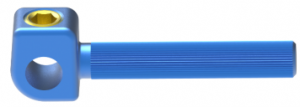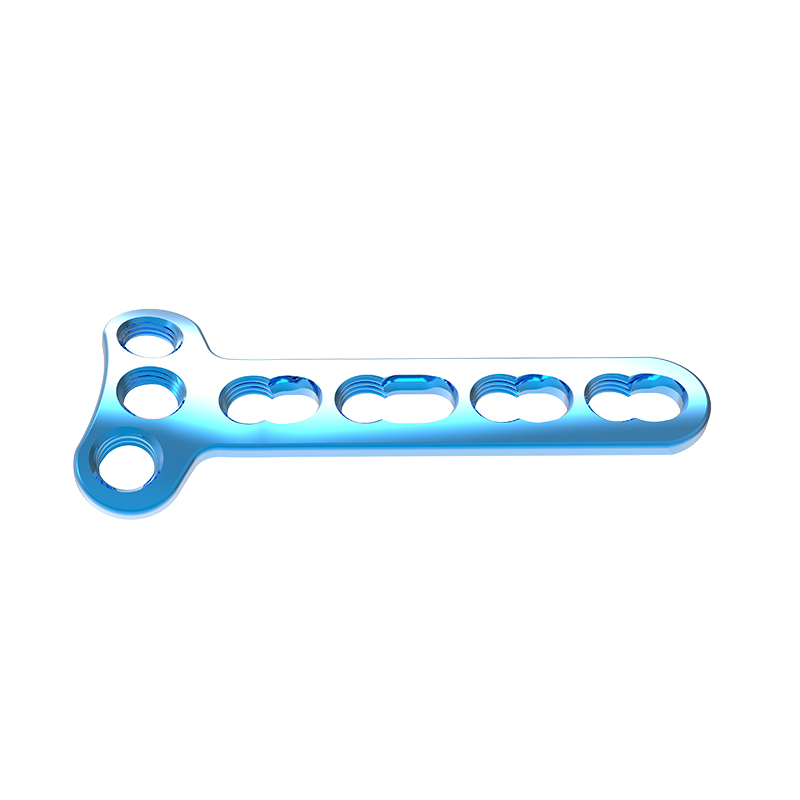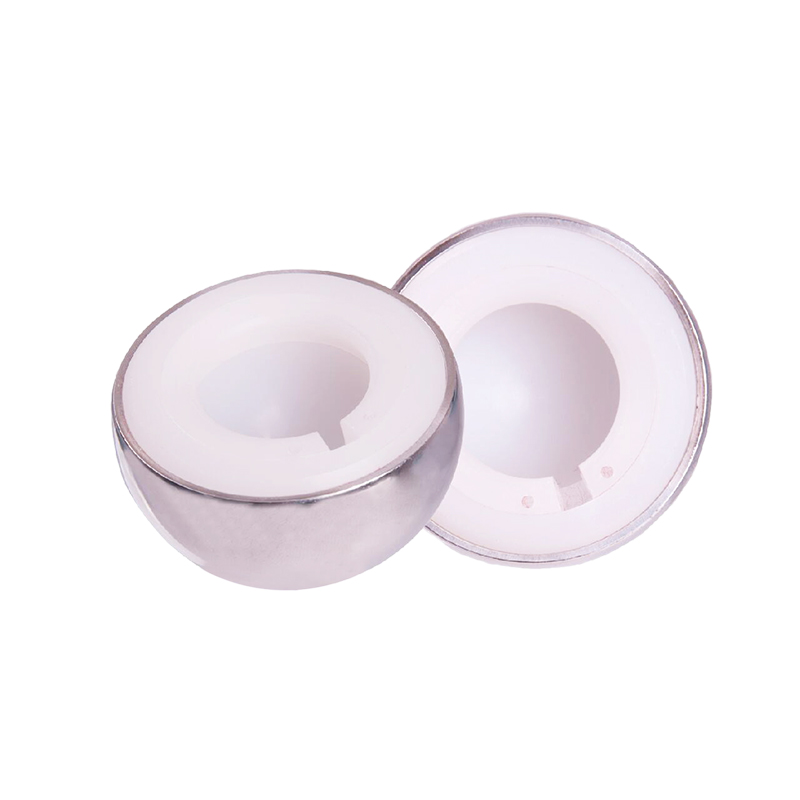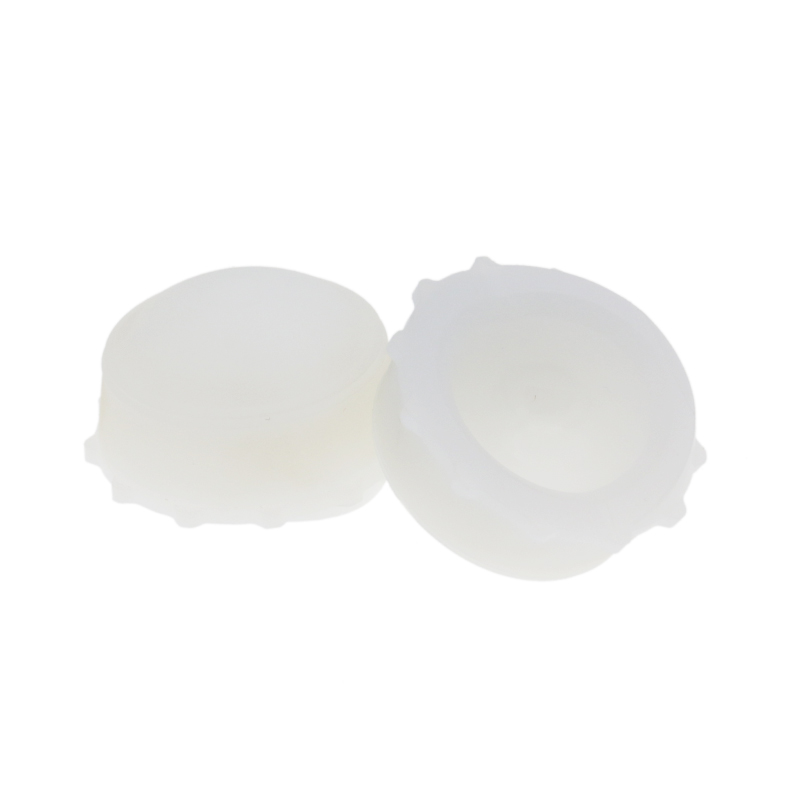Special slide spinal 5.5 monoaxial reduction titanium pedicle screw
Product Features
Special slide spinal 5.5 monoaxial reduction titanium pedicle screw
The pedicle screw system is a medical implant system used in spinal surgery for stabilizing and fusing the spine. It consists of pedicle screws, connection rod, set screw, Crosslink and other hardware components that establish a stable structure within the spine.
The number “5.5″ refers to the diameter of the spinal pedicle screw, which is 5.5 millimeters. This spinal screw is designed to provide superior fixation and stability during spinal fusion procedures, helping to reduce the risk of complications and improve patient outcomes. It is commonly used to treat degenerative disc disease, spinal stenosis, scoliosis, and other spinal conditions.
Who needs the spine pedicle screw system?
The spinal pedicle screw system is used in spinal surgeries to provide stability and support to the spine. It is used to treat diseases such as degenerative disc disease, spinal stenosis, scoliosis, and spinal fractures. This titanium pedicle screws is designed to provide secure fixation and support to the spine, allowing proper alignment and stability of the affected vertebrae. The spinal screw system is typically used by orthopedic surgeons and neurosurgeons who specialize in spinal surgeries.


Bigger angle of motion

The unique breaking slot reduces metal burr and tissue irritation.
Optimized screw profile reduces the foreign body sensation.
Reduction slots and special reduction instrumentations can restore the vertebral height.

The design of dual thread for cortical and cancellous bone respectively, enhances the screw purchase, suitable to wider bone quality conditions of patients.
Self-tapping screw tip makes the inserting easier.

1.Cortical Thread
2.Cancellous Thread
3.Self-Tapping Tip
Breakable set screw prevents thread damage due to overexertion.
Reverse angle thread effectively prevents screw retreating.
Design of blunt-pointed thread starting prevents cross threading, and makes the inserting more accurate.

12.5N
-5⁰ angle thread
Buckle Type Crosslink
35 ° range of motion
Easy and flexible operation


Reduce inflection rate Accelerate bone union
Shorten rehabilitation duration
Save operative preparation time, especially for emergencies
Guarantee the 100% tracing back.
Increase stock turnover rate
Reduce operating cost
The development trend of orthopedic industry globally.
Delicate and reliable instruments provide satisfied operation experience to surgeons.

spinal pedicle screw Clinical Indication
Provide posterior, noncervical fixation as an adjunct to fusion for the following indications: degenerative disc disease (defined as back pain of discogenic origin with degeneration of the disc confirmed by history and radiographic studies); spondylolisthesis; trauma (i.e., fracture or dislocation); spinal stenosis; curvatures (i.e., scoliosis, kyphosis and/or lordosis); tumor; pseudarthritis; and/or failed previous fusion.
5.5 Pedicle Screw Clinical Application

Parameter of pedicle screw spine

















